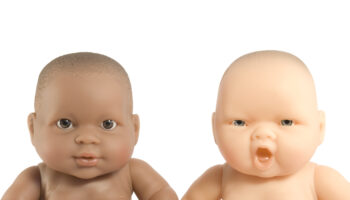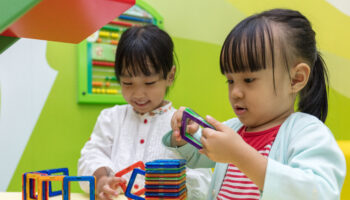Suzanne Glenn
The Environment Rating Scales (ERS) are some of the most important assessment tools currently used to assess early childhood programs. An ERS assessment provides a range of information on program structure, interactions, personal care routines, learning environment, activities and materials, and space, and furnishings. By utilizing the results of the ERS teachers/directors can objectively look at each classroom and make the necessary changes to enrich the learning opportunities. This is an impartial and quantifiable examination of a classroom.
One of the key differences in implementing and using the ECERS-3, is that for ECERS-3, the results are based on what is observed during one three-hour assessment, without considering self-reported data which is utilized in the ECERS-R. This change underlines the importance of both the ongoing activities in the classroom and the various interactions that take place. This new emphasis on the wide range of interactions is a critical change in the scoring of the scale. Although it is still important to have a variety of stimulating materials for the children to use, the accessibility of the materials and the involvement of the teaching staff has become a focal point of the evaluation. The expectation is that the children have the freedom to choose an activity and their companions, and that the teachers are rotating through the various interest centers interacting with children as they use the materials. This requires that the teachers not only arrange the classroom in a way that allows the children to access the materials independently, but also that each interest center is organized and contains materials that allow for in-depth exploration and play, as well as organized storage. The ECERS-3 emphasizes the importance of language and engaging the children, promoting quality teacher-child interactions. It also offers the opportunity to incorporate math, science, and literacy throughout the day in every interest center. It expects a teacher be intentional about what is in each center, and to individualize the ensuing interactions to the developmental level of each child. The ECERS-3 contains three new Math Items that focus on helping children become familiar with math materials, activities, as well as math as it relates to daily events. The displays in a classroom are important in both scales, but in the ECERS-3 there is an emphasis in utilizing the written word, as well as numbers to emphasize their importance.
Both of the scales offer a thorough assessment of what a child experiences in the early childhood classroom and identifies where a classroom is meeting expectations, exceeding them, and what areas could be improved.
More information on the ECERS-R
More information on the ECERS-3




